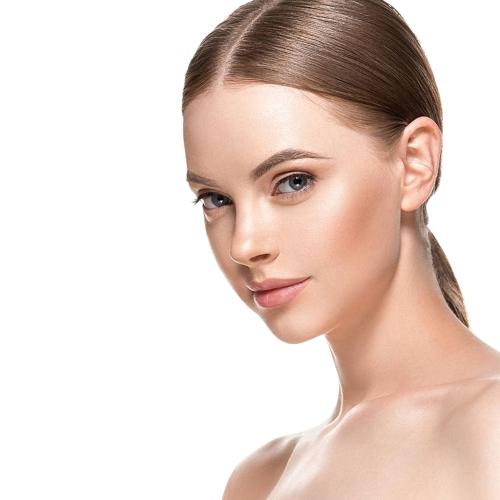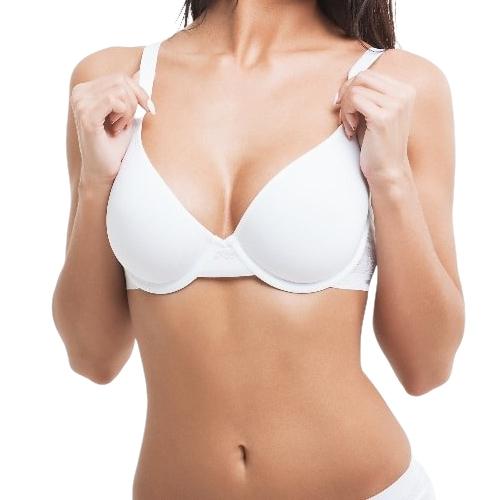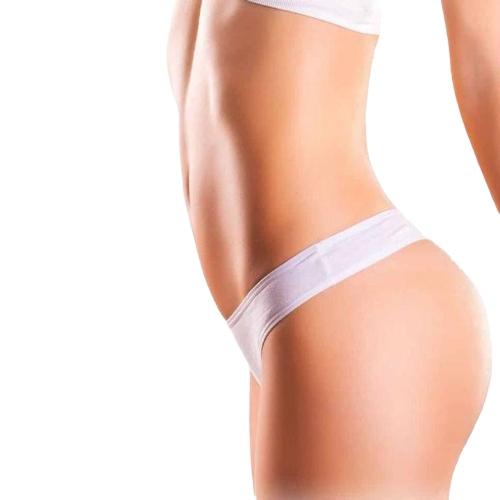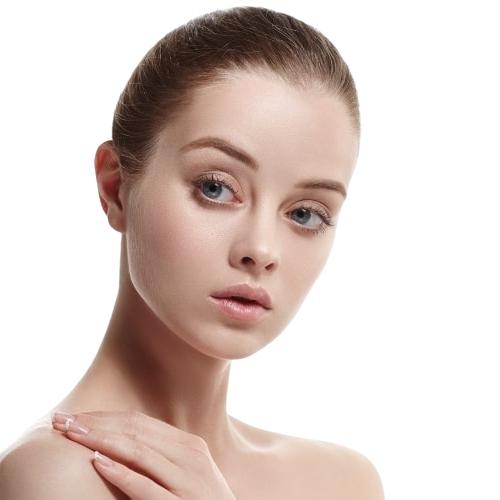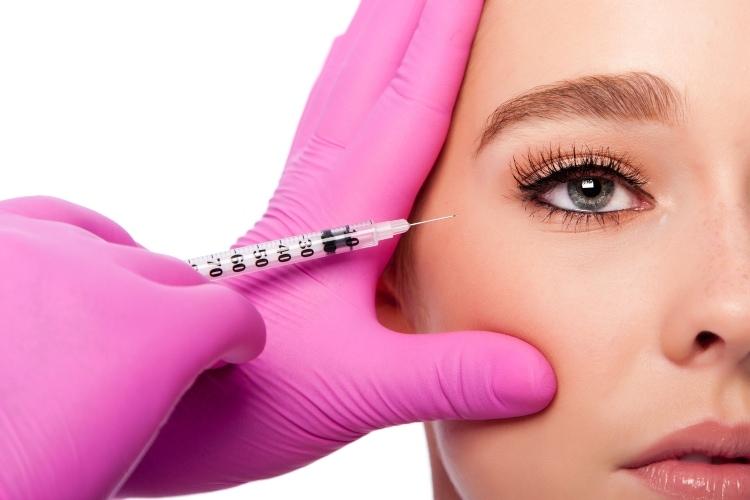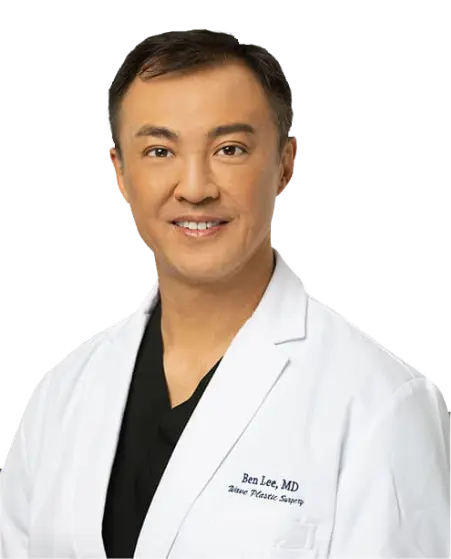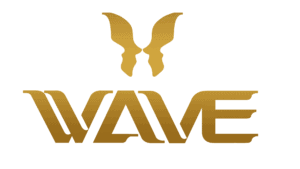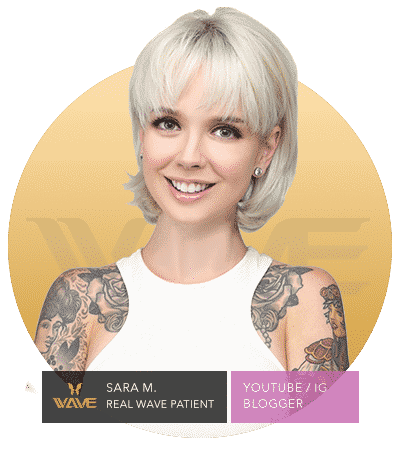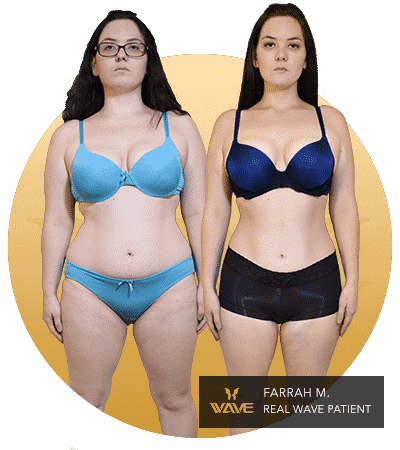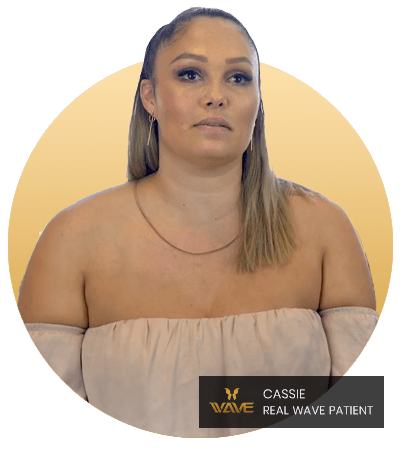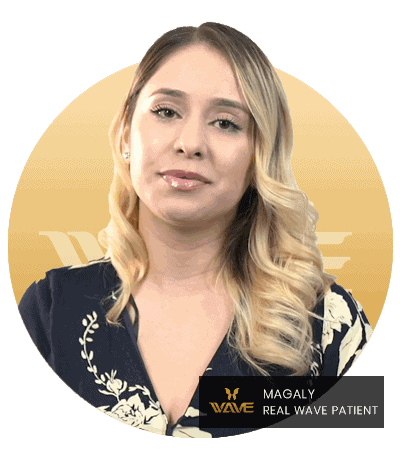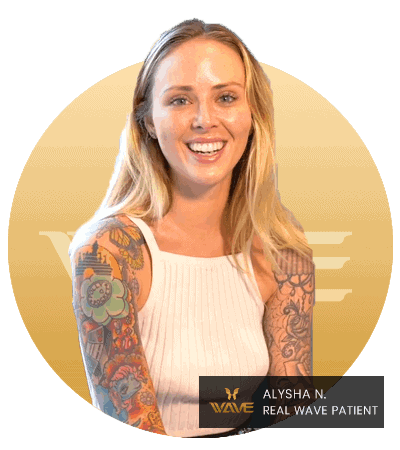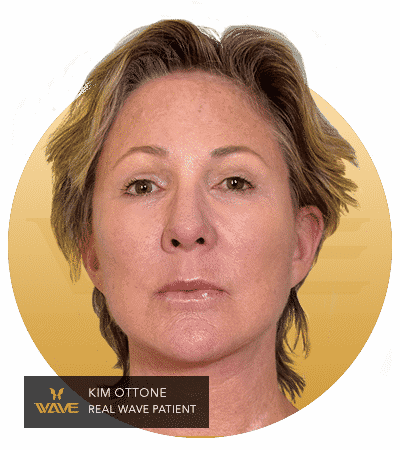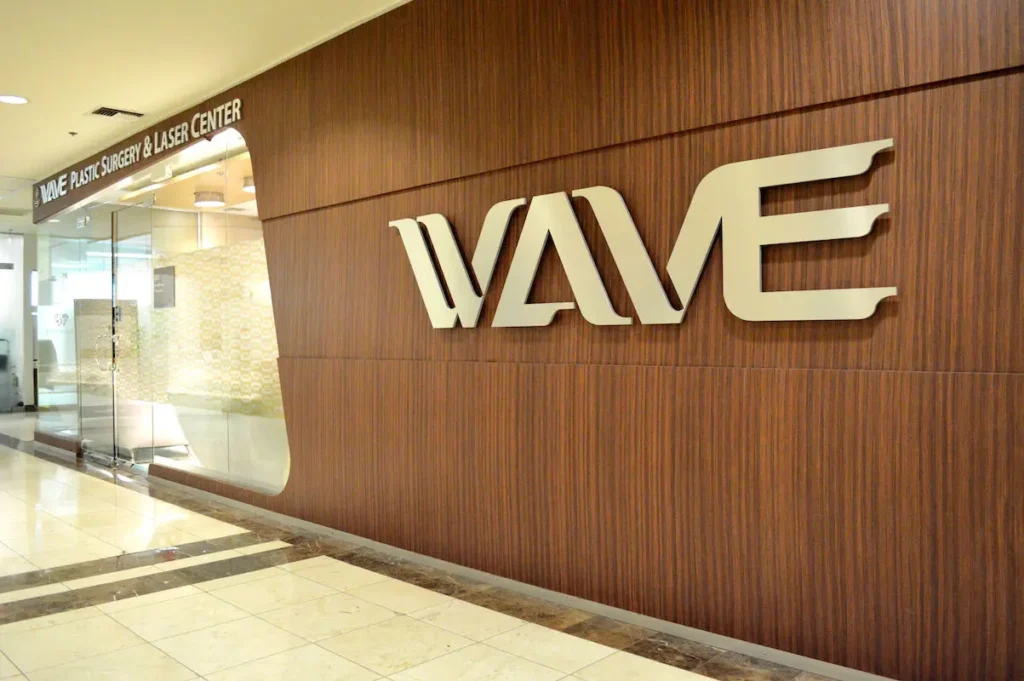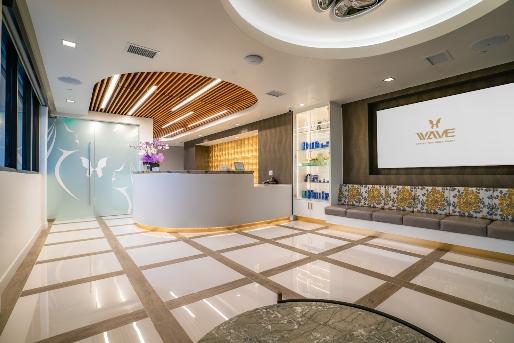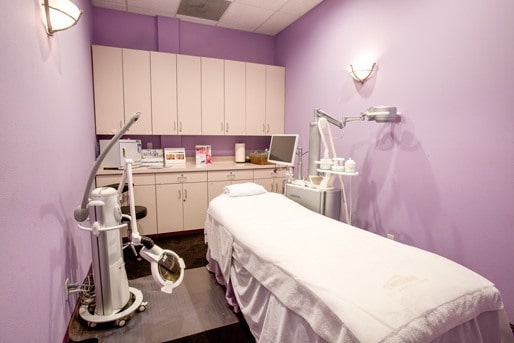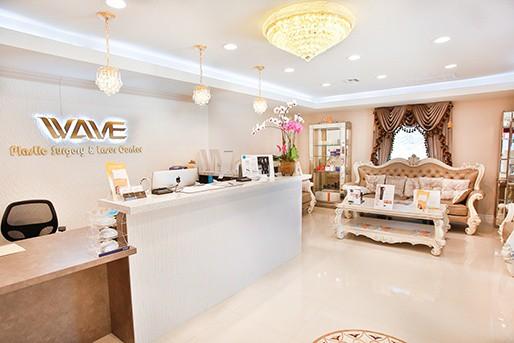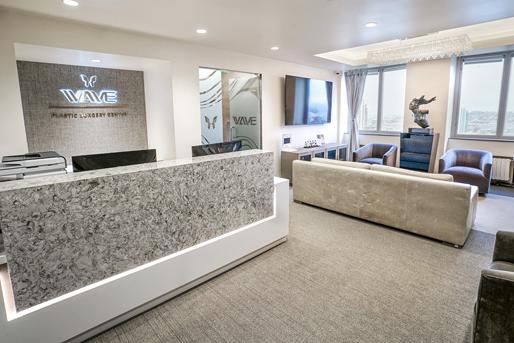According to a 2019 report by the American Society of Plastic Surgeons, botulinum toxin injection is a major trend. With 7.7 million procedures throughout the U.S., it’s clear that these cosmetic injectables are more popular than ever.
But if you’re considering trying these cosmetic tools, you might find that the steps are a little confusing. With plenty of products on the market, including crowd-pleasers like Botox and Dysport, you may not be clear on which option is best. How can you get the results you want?
Let’s take a look at the basics of Botox vs Dysport, including the main product differences, cost considerations, and more.
What Are Botox and Dysport?
Both Botox and Dysport are brand-name products derived from type A botulinum toxin. Botox has been around a bit longer—since 2002, compared to Dysport’s 2009—but these products work in similar ways.
The toxin in these products blocks your nerve signals to your muscles, thus temporarily paralyzing them. The result is a face that looks visibly “softer” or more relaxed, with deep wrinkles growing smoother after treatment.
In other words, both of these neuromodulators are effective, if temporary, solutions for wrinkles. You’ll need follow-up injections to maintain your appearance, but both products are great options for anyone looking for anti-aging benefits.
In addition, both of these solutions are FDA-approved, so they’re considered safe for candidates who qualify for treatment. Common side effects include numbness, headaches, or pain, all of which tend to fade in the hours after treatment.
However, as mentioned above, there are a few key differences between these products, in spite of their similarities.
Product Differences Between Dysport and Botox
While there are a few key differences between Dysport and Botox—which we’ll get into below—it’s worth taking time to understand the more granular product differences between these brands.
Dilution
One of the biggest differences between Dysport and Botox is how each is produced.
Dysport is more diluted than Botox is. This doesn’t mean that Dysport is any less effective, but it does mean you may need to undergo more sessions or get more dosage units if you opt for Dysport.
Diffusion
Dysport has smaller molecules and thus greater diffusion than Botox. This means that it spreads to a wider area of the skin after injection. For this reason, Dysport can sometimes be better for treating larger areas of the face.
Onset
Dysport has a shorter onset period than Botox, meaning that you’ll see the effects faster. With Dysport, you’ll often see your final results within about 24 hours. With Botox, on the other hand, you may need to wait up to 72 hours.
Beyond these minor differences, of course, there are a few key considerations that patients should weigh before they make their final decision.
Choosing Between Dysport and Botox by Facial Area
As noted above, Botox tends to have little spread beyond the injection area, while Dysport diffuses across more of the skin.
This small nuance can make a big difference in terms of treatment. For certain areas, one option may have a clear advantage over the other. Here are a few common examples of when your dermatologist may recommend each product.
Crows’ Feet
These wrinkles around the eyes tend to be shallow, spreading away from the corners of the eyes. Because it dilutes well within larger areas, Dysport is the better choice for these fine wrinkles.
11 Lines
The glabellar lines, or “11 lines,” appear as small parallel lines between the eyebrows. Depending on the depth, Botox may be a better choice, as this product works better with deeper wrinkles.
Forehead Lines
The deep horizontal lines that appear as a result of furrowing the brow can be a great location in which to use Dysport. However, for particularly deep or stubborn wrinkles, Botox may be the better choice.
Lip Lines
Sometimes called “smokers’ lines,” these wrinkles appear perpendicular to the lips. Because the target area is often deep and defined, Botox may be the better option.
It’s worth noting, of course, that you can use both Botox and Dysport as needed to achieve the appearance you seek. Because each product works well on different areas of the face, you may find that the combination of both offers more favorable results!

Botox vs Dysport for Medical Issues
Both of these products have uses beyond cosmetic changes, so you may find yourself referred to a plastic surgeon for problems like TMJ, migraines, or muscle spasms. If this is the case for you, you’ll find that both Botox and Dysport have been proven to help with medical issues like these.
Dysport vs Botox: Cost Considerations
For most patients, comparing the costs of Dysport and Botox is a major factor in deciding which to choose, especially because most insurance carriers won’t cover this treatment unless it’s for medical purposes. However, the cost can vary wildly from person to person, as it depends on the size of the skin you’re treating and the deepness of the wrinkles there.
On average, Botox will cost patients a little more than Dysport will. However, you’ll only be able to determine the final cost comparison once you’ve spoken to a medical professional about the number of units you’ll need.
Dysport or Botox: Which Lasts Longer?
Another common concern from patients is the duration of results. As mentioned above, both Dysport and Botox will show results within a few days of treatment.
However, the results of Dysport don’t last as long as the results of Botox. You can expect Dysport to last between 3-4 months, while Botox can last up to 6 months.
Ask a Medical Professional About Your Choice
Though Dysport and Botox have a few clear-cut differences, it may not be immediately obvious which one you should choose. Fortunately, you don’t need to make the decision alone. Talking to a plastic surgery professional can help you understand which option is best. At Wave Plastic Surgery, our team is here to help you navigate your choice. If you’re considering Botox, Dysport, or both, contact us today to learn more!

